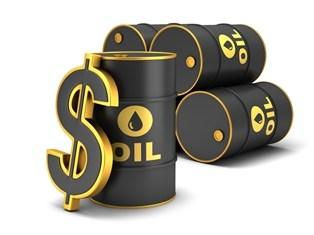BAKU, Azerbaijan, May 24
By Leman Zeynalova - Trend:
The main bullish factors affecting the oil prices are the optimism in market about partial return holiday travel, increased air travel, removal of lockdowns or other measures, and continuing reasonable economic growth, Cyril Widdershoven, a Middle East geopolitical specialist and energy analyst, a partner at Dutch risk consultancy VEROCY, and Global Head Strategy Risk at Berry Commodities told Trend.
“Another bullish issue is that investments in upstream oil and gas are low, already for years. There is a growing chance that demand will be higher soon than normal supply side. Storage volumes are low, at least when looking at 2020. If OPEC+ keeps together, there is a possible supply crunch hanging over the market,” noted the expert.
Widdershoven noted that bearish issues however are:
1) The growing focus on removal of hydrocarbons as a fuel, looking at the IEA report
2) Possible re-emergence of a new variant of COVID in September and winter season
3) Possible negative effects of removal of financial government support in OECD countries to companies and SMEs
4) A weakness in overall transport-travel fuel usage
5) Some even indicate a risk to Iran JCPOA return in markets, but feel this will be less an issue than expected.
The US Energy Information Administration (EIA) expects upward pressure on the Brent price to ease and the Brent price to decrease to average $65/b in the second quarter.
The EIA forecasts that Brent prices will average $61/b during the second half of 2021, and $61/b in 2022.
“Brent crude oil spot prices averaged $65 per barrel in April, unchanged from the average in March. Brent prices were steady in April as market participants considered diverging trends in global COVID-19 cases. In some regions, notably the United States, oil demand is rising as both COVID-19 vaccination rates and economic activity increase. In other regions, notably India, oil demand is declining because of a sharp rise in COVID19 cases,” said the latest EIA report.
After approaching a 2021 high in early March of almost $70/b, Brent crude oil prices declined to between $60/b and $65/b in mid-March through the first half of April. However, in the second half of April and into early May, crude oil prices began to rise, likely as a result of crude oil and petroleum product inventory draws and higher expectations for summer gasoline demand, particularly in the United States.
---
Follow the author on Twitter: @Lyaman_Zeyn






